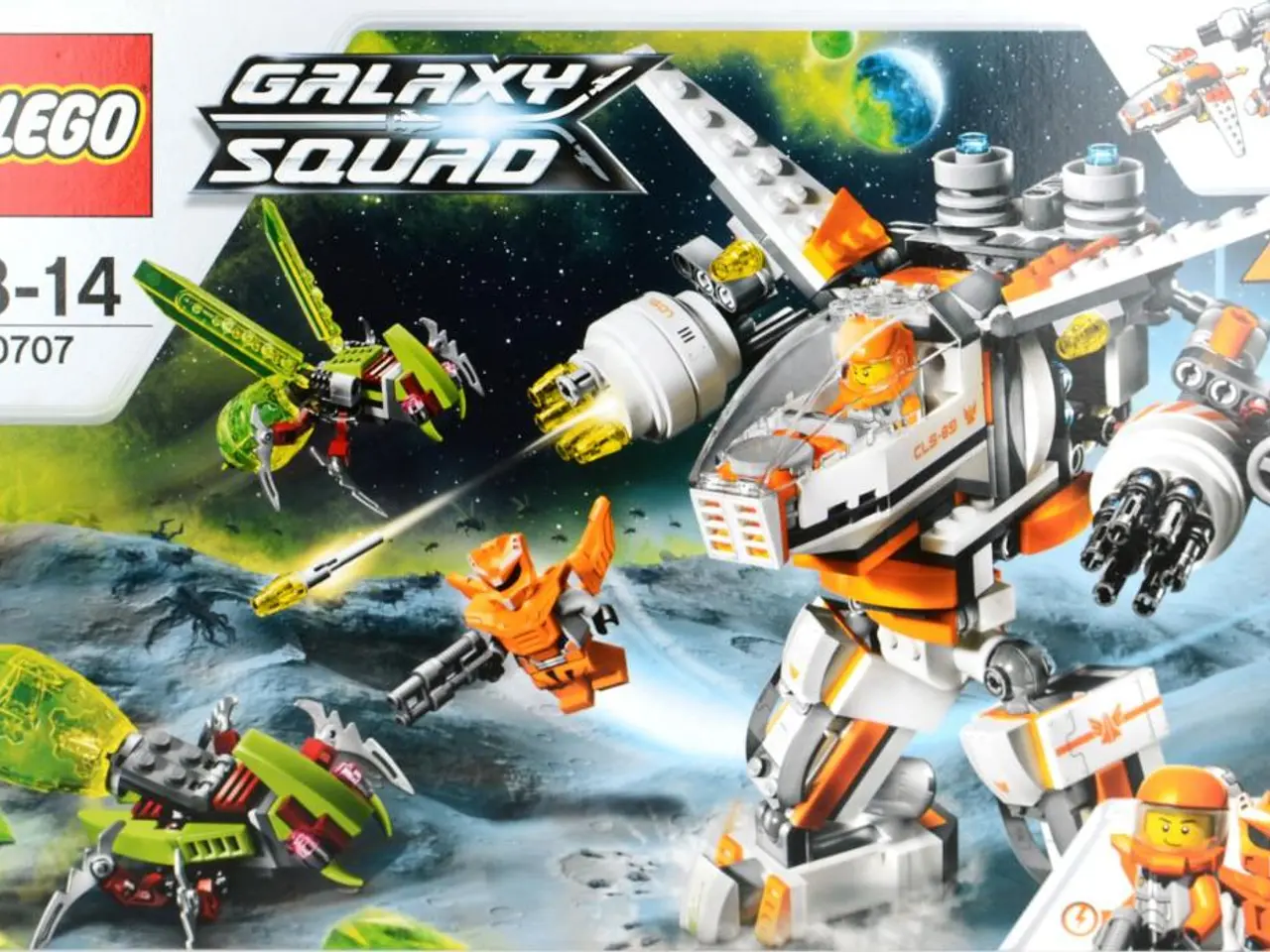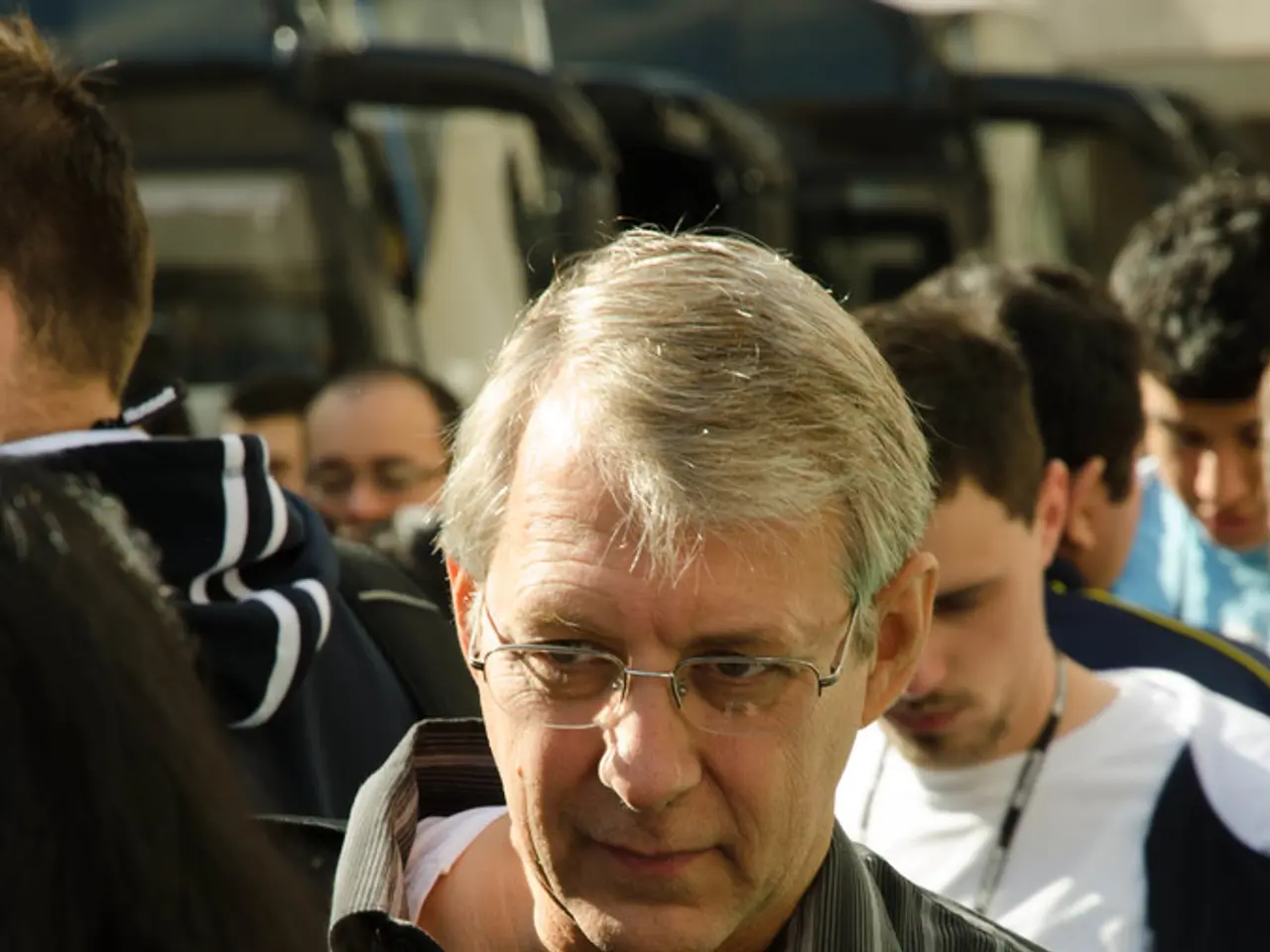Astronauts bid farewell to SpaceX's Crew-10 spacecraft, preparing for their return journey to Earth.
Crew-10 Astronauts Prepare for Homecoming After Five-Month Mission Aboard ISS
NASA's Crew-10 mission, comprising astronaut Anne McClain and three colleagues, has spent nearly five months conducting groundbreaking scientific research aboard the International Space Station (ISS). Their work has focused on biomedical research, physical and materials sciences, technology demonstrations, and astronaut health and physiology.
The astronauts have contributed to studies on producing Janus base nanomaterials in microgravity, which could help treat diseases like osteoarthritis and cancer. They have also participated in experiments monitoring the effects of spaceflight on human bodies, studying changes in bones, muscles, and eye structures, and providing blood samples for continuous health monitoring.
In the realm of physical and materials sciences, the crew tested flammability of materials for future spacecraft and hardware for producing pharmaceuticals in space, contributing to safer and more effective space mission designs. They also helped test backup lunar navigation systems relevant to NASA’s Artemis moon missions.
The research conducted by Crew-10 has a wide-ranging impact, focusing on advancing knowledge related to human health in microgravity, disease treatment, materials for spaceflight, and technologies that support long-term space exploration and Earth benefits. The data from this research is used to study various weather conditions in Earth's upper atmosphere, which can help better protect communication systems and aircraft, as well as improve atmospheric models and weather forecasts.
One of the experiments involved capturing images of simultaneous lightning events at the top of two thunderstorms. This research can help scientists understand the properties of lightning in space, which could lead to improved spacecraft design and better protection against lightning strikes.
As the end of their mission approaches, Crew-10 is set to return to Earth inside Crew Dragon Endurance on Thursday. The return is contingent upon suitable weather conditions at the splashdown site off the coast of Florida. NASA astronaut Anne McClain and her colleagues are spending their last night aboard the ISS, enjoying one more breathtaking view from space before they strap themselves into Crew Dragon Endurance tomorrow and head home.
Before departing, McClain and her colleagues have spent the last week training Crew-11, the next crew set to take over the ISS. Crew-11 arrived aboard another Crew Dragon spacecraft and is now preparing for their own mission.
The crew has shared their experiences and research findings with the world, posting stunning images from space, such as one posted by McClain showing another Crew Dragon spacecraft with Earth and an aurora in the distance. This image, along with their scientific contributions, serves as a testament to the incredible work being done by astronauts aboard the ISS and the advancements that can be achieved through space exploration.
[1] NASA's Crew-10 mission to ISS focuses on biomedical research, technology demonstrations, and more [2] Crew-10 astronauts conduct research on microgravity-based nanomaterials for cancer treatment [3] Crew-10 astronauts test flammability of materials for future spacecraft [4] Crew-10 astronauts study how cells sense gravity [5] Crew-10 astronauts research effects of radiation and gravity on plant growth for future deep space missions
- The groundbreaking scientific research conducted by NASA's Crew-10 astronauts aboard the International Space Station (ISS) encompasses various aspects, including technology demonstrations, such as the production of Janus base nanomaterials in microgravity, which may have potential applications in the treatment of diseases like osteoarthritis and cancer.
- Within their general-news focus, the Crew-10 astronauts are also exploring the effects of spaceflight on human bodies, delving into essential areas like astronaut health and physiology, with an aim to advance knowledge related to human health in microgravity and contribute to long-term space exploration.




